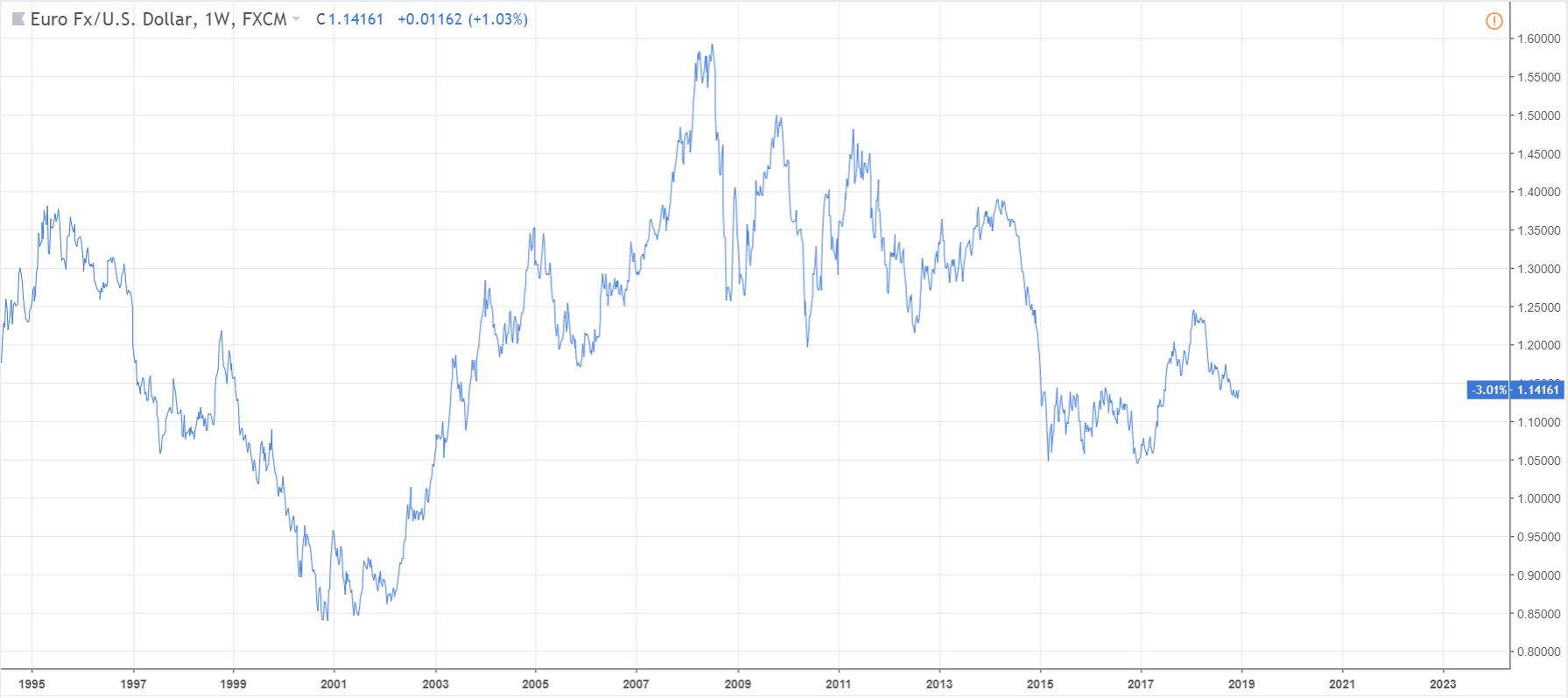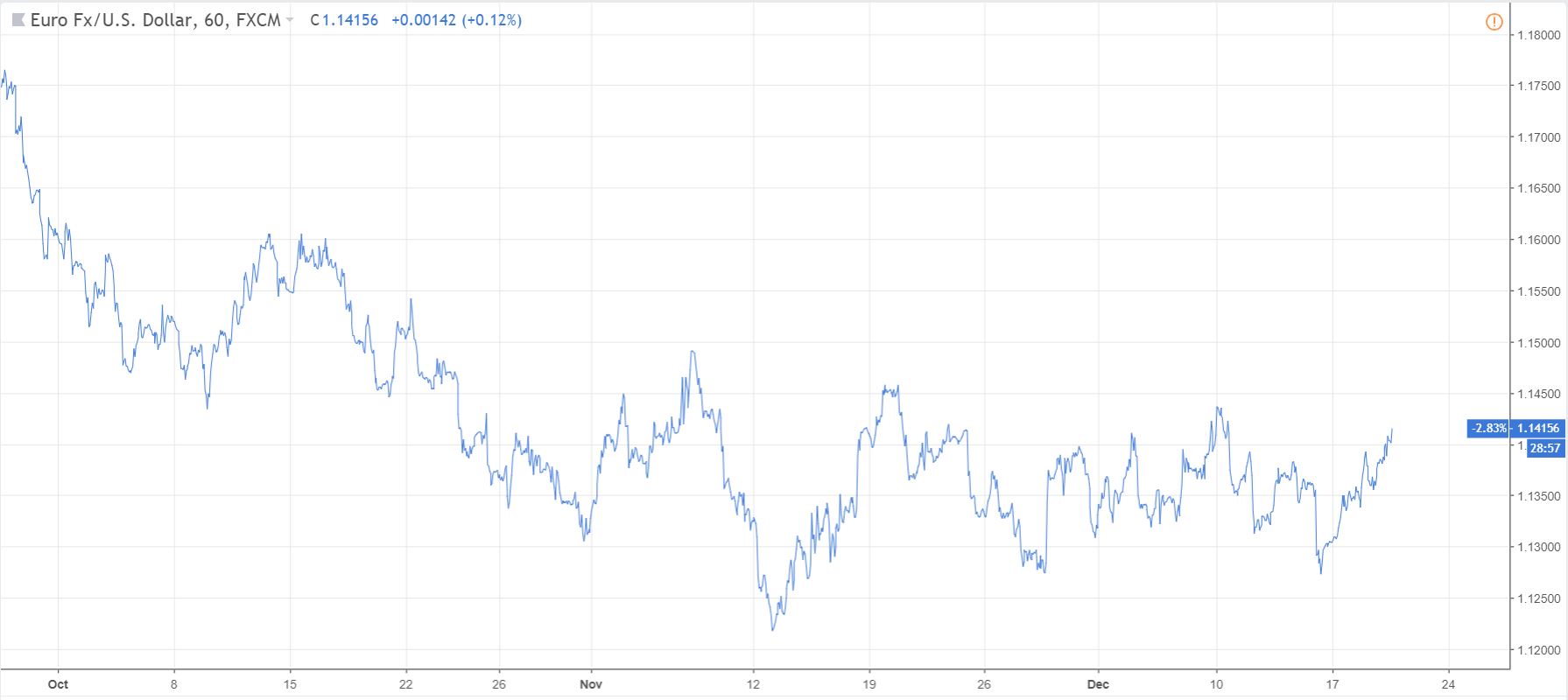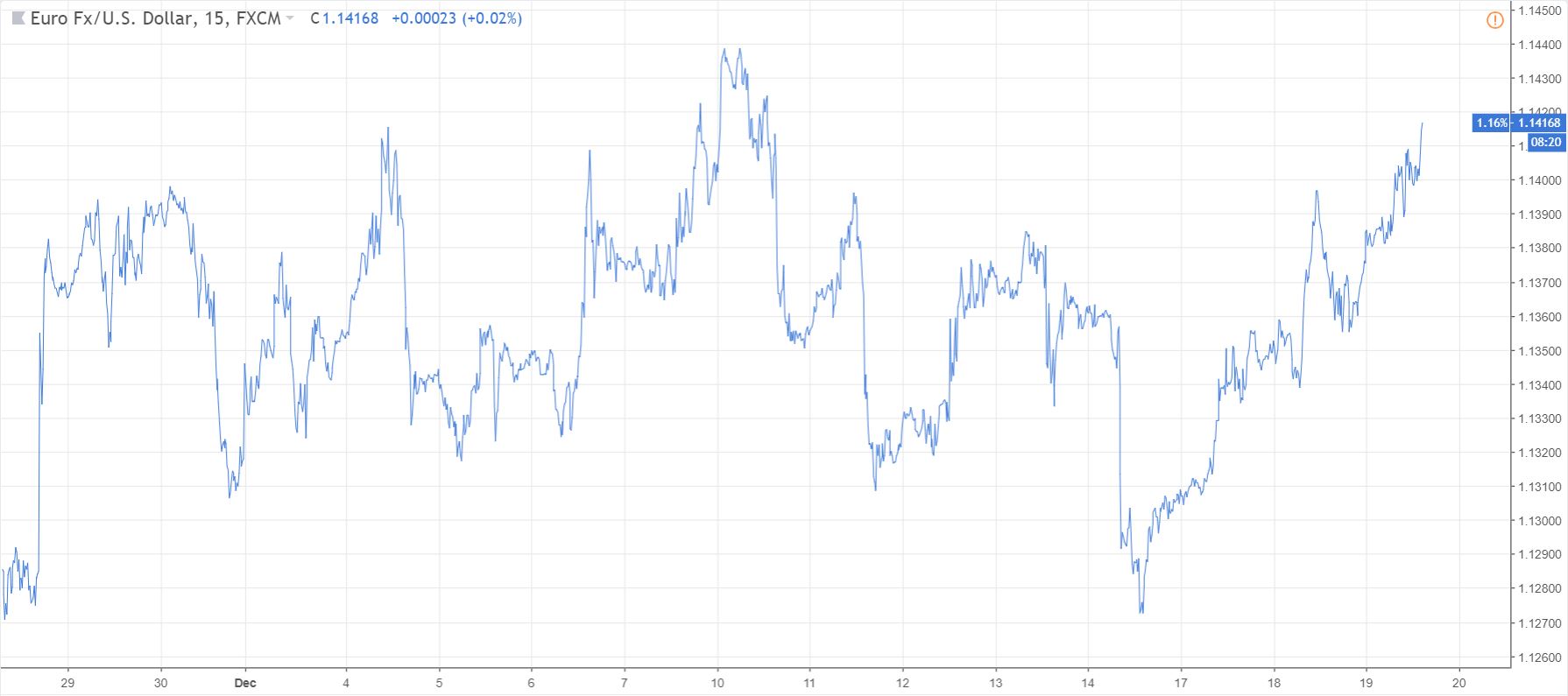What is The Rule of Four?
Typically, using three different periods gives a broad reading on the Forex market, while using fewer than this can result in a considerable loss of data, and using more typically provides redundant analysis. When choosing the three-time frequencies, a simple strategy can be to follow a "rule of four." This means a medium-term period should first be determined. From there, a shorter-term time frame should be chosen, and it should be at least one-fourth the intermediate period (for example, a 15 min chart for the short-term time frame and 60 min chart for the medium or intermediate time frame). However, the long-term time frame should be at least four times greater than the intermediate one. It is important to select the correct time frame when selecting the range of the three periods. Clearly, a long-term trader who holds positions for months will find the use for a 15-minute, 60-minute and 240-minute combination. At the same time, an intraday trader who holds positions for hours and rarely longer than a day would find little advantage in daily, weekly and monthly arrangements. This is not to say the long-term trader would not benefit from keeping an eye on the 240-minute chart or the short-term trader from keeping a daily chart in the range, but these should come at the extremes rather than anchoring the whole range.
Start the Forex Analysis on the Long-Term Time Frame
The best strategy is to start with the long-term time frame and work down to the more shorter time frequencies. By looking at the long-term time frame, the dominant trend is formed. Another consideration for the long-term time frame in this range is the interest rate. Partially a reflection of an economy's health, the interest rate is a basic component in Forex exchange rates. Under most circumstances, capital will flow toward the currency with the higher rate in a pair as this equates to more significant returns on capital investments.

Move the Forex Analysis next on the Medium-Term Time Frame
Increasing the time frame of the same chart to the intermediate time frame, smaller moves within the broader trend become visible. This is the most versatile of the three frequencies because a sense of both the short-term and longer-term time frames can be determined from this level. As we mentioned above, the expected holding period for an average trade should define this anchor for the time frame range. Moreover, this level should be the most frequently followed chart when planning a trade while the trade is on and as the position nears either its profit target or stop loss.

Thirdly, Check the Short-Term Time Frame
By executing short-term time frame the slighter fluctuations in price action become clearer. A trader is better able to decide on an attractive entry for a position whose direction has already been defined by the higher frequency charts.

Combining All Time Frames Together
When all three-time frames are combined to analyze a currency pair, a trader will clearly improve the odds of success for a Forex trade, regardless of the other rules applied for a strategy. Performing the top-down analysis encourages trading with the broader trend. This can limit the risk as there is a higher probability that price action will eventually continue the longer trend. Utilizing this strategy, the confidence level in a trade should be measured by how the time frames line up.


